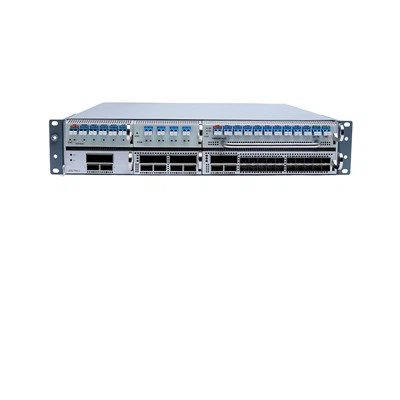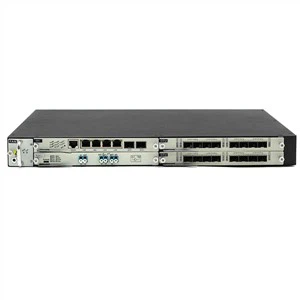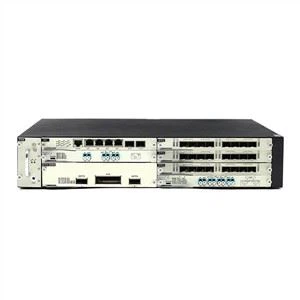WDM technology has not been available for a long time, but it has been quickly promoted and applied due to its many significant advantages. Establishing an optical network layer based on it and OXC (optical cross-connection) to realize the end-to-end all-optical network connection of users, and using a pure "all-optical network" to eliminate the bottleneck of photoelectric conversion will be the future trend. Now WDM technology is still based on a point-to-point approach, but point-to-point WDM technology is the first and most important step of all-optical network communication. Its application and practice play a decisive role in the development of all-optical networks. . The network that forms an optical layer, the all-optical network, will be the highest stage of optical communication. The development of all-optical technology is manifested in the following aspects:
Variable wavelength laser
The light source for optical fiber communication, that is, semiconductor laser can only emit light waves of a fixed wavelength. In the future, it will appear that the emission wavelength of the laser light source can be tuned and sent as needed, and its spectral performance will be more superior, and it will have higher output power, stability and reliability. Moreover, variable-wavelength lasers are more conducive to mass production and reduce costs.
All-optical repeater
The repeater needs to go through the optical-electrical-optical conversion process, that is, through the processing of electrical signals to achieve regeneration (shaping, timing, data regeneration). The electric regenerator is large in size, consumes a lot of electricity, and has high cost. Although the erbium-doped fiber amplifier can be used as a regenerator, it only solves the problem of limited system loss, but cannot solve the effect of dispersion, which places extremely high requirements on the spectral performance of the light source. Future all-optical repeaters do not require optical-electrical-optical processing, and can directly retiming, reshape, and re-amplify optical signals, and have nothing to do with the operating wavelength, bit rate, protocol, etc. of the system. Because it has an optical amplification function, it solves the problem of limited loss, and because it can directly reshape the optical pulse waveform, it also solves the problem of limited dispersion.
Optical cross-connect equipment
The future OXC (optical cross-connect) can use software to flexibly cross-connect various optical signals. OXC will play a role in all-optical network scheduling, service concentration and smoothing, and all-optical network protection and restoration.
Optical add/drop multiplexer
The adopted OADM can only use fixed-wavelength optical signals on and off the intermediate office station, which is rather rigid. The future OADM will be fully controllable for the upper and lower optical signals. Through the network management system, optical signals of one or several wavelengths can be selected at the intermediate office station. It is very convenient to use and the network (optical network) is very flexible.
Any questions or need? Please contact me.
Doris from HTF will always ready to assist you.
Email:sales2@htfuture.com
Skype:live:sales2_4719
WhatsApp:+8615816873196





















